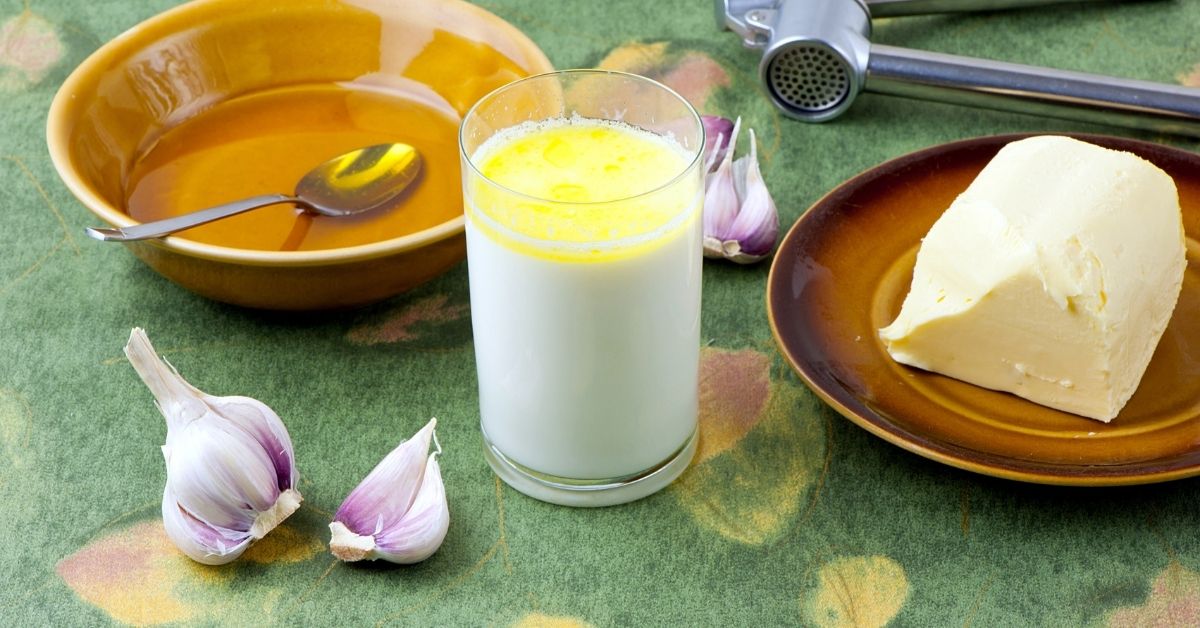Fluoride is well-known for its ability to strengthen enamel and prevent cavities. However, some parents prefer fluoride-free options due to concerns about fluoride ingestion or sensitivities. Fortunately, there are several safe and effective fluoride alternatives available that can help keep cavities at bay and maintain your child’s oral health.
Why Consider Fluoride Alternatives?
While fluoride is highly effective in preventing cavities, parents may seek alternatives for various reasons:
• Fluoride Sensitivity: Some children may experience mild sensitivity to fluoride.
• Fluorosis Concerns: Overexposure to fluoride during early childhood can lead to dental fluorosis, a condition that causes white or brown spots on teeth.
• Natural Preference: Many parents prefer natural or holistic dental care solutions.
Whatever your reason, it’s important to choose alternatives that are scientifically backed and safe for children.
Top Fluoride Alternatives for Cavity Prevention
1. Hydroxyapatite (HAp)
• What It Is: Hydroxyapatite is a naturally occurring mineral and the primary component of tooth enamel and bone.
• How It Works: It helps remineralize teeth by filling in microscopic holes and cracks, making enamel stronger and more resistant to decay.
• Best For: Children and adults who want a fluoride-free option with comparable cavity-prevention benefits.
• Product Tip: Look for hydroxyapatite-based toothpastes specifically designed for kids.
Pro Tip: Hydroxyapatite is non-toxic and safe if swallowed in small amounts, making it ideal for younger children who are still learning to spit out toothpaste.
2. Xylitol
• What It Is: Xylitol is a natural sugar alcohol found in fruits and vegetables. It’s commonly used as a sugar substitute in chewing gum, toothpaste, and mouthwashes.
• How It Works: Xylitol inhibits the growth of cavity-causing bacteria by reducing their ability to stick to teeth. It also promotes saliva production, which helps wash away food particles and bacteria.
• Best For: Children prone to cavities and those with dry mouth.
• Usage: Xylitol can be used in the form of toothpaste, mouthwash, or sugar-free chewing gum.
Do’s and Don’ts:
• Do encourage kids to chew xylitol gum after meals to reduce bacteria.
• Don’t give large amounts, as excessive xylitol consumption may cause digestive upset.
3. Calcium Phosphate
• What It Is: Calcium phosphate is another naturally occurring mineral that helps rebuild and strengthen tooth enamel.
• How It Works: It works by remineralizing early-stage cavities and repairing weakened enamel, similar to fluoride.
• Best For: Children at high risk of developing cavities.
• Product Tip: Some toothpastes combine calcium phosphate with hydroxyapatite for enhanced protection.
4. Theobromine
• What It Is: Theobromine is a compound found in cacao (chocolate) that has been shown to strengthen enamel.
• How It Works: It promotes remineralization of tooth enamel, helping to prevent cavities in a manner similar to fluoride.
• Best For: Families seeking plant-based alternatives to fluoride.
• Usage: Look for toothpastes or dental products containing theobromine.
5. Essential Oils (Tea Tree, Peppermint, Clove)
• What They Are: Essential oils like tea tree, peppermint, and clove have antimicrobial properties that help reduce bacteria in the mouth.
• How They Work: These oils inhibit bacterial growth and freshen breath, reducing the risk of cavities and gum disease.
• Best For: Complementing regular brushing and flossing routines.
• Usage: Use in mouthwashes or add a drop to water for a natural rinse.
Caution: Ensure that essential oils are properly diluted and safe for children.
Home Remedies and Natural Tips
1. Oil Pulling: Swishing coconut or sesame oil in the mouth for a few minutes may help reduce bacteria.
2. Dietary Changes: Encourage a diet rich in calcium, phosphorus, and vitamin D to support strong teeth.
3. Chewing Fibrous Foods: Apples, carrots, and celery can naturally clean teeth and stimulate saliva production.
4. Green Tea: Contains catechins, which have antibacterial properties that may reduce oral bacteria.
Maintaining a Healthy Oral Care Routine
Even with fluoride alternatives, maintaining good oral hygiene habits is key to preventing cavities:
• Brush Twice Daily: Use a fluoride-free toothpaste with hydroxyapatite, xylitol, or calcium phosphate.
• Floss Daily: Flossing removes food particles and plaque from between teeth where a toothbrush can’t reach.
• Rinse: Use a natural mouthwash containing xylitol or essential oils to reduce bacteria.
• Regular Dental Visits: Visit the dentist twice a year for checkups and cleanings.
When to Consult a Dentist
If your child has:
• Frequent cavities despite good oral hygiene
• Sensitive teeth or enamel erosion
• Concerns about fluoride use
Consult a pediatric dentist to discuss the best preventive care options, including fluoride alternatives.
Explore More on the TPZ App
Looking for more dental care tips for kids? Check out these articles on the TPZ app:
A Note for Parents
Dear parents, keeping your child’s teeth healthy doesn’t have to be complicated. With so many safe fluoride alternatives available today, you can choose what works best for your family’s needs. Remember, consistency in oral care and a balanced diet are your best allies in cavity prevention. You’re doing a fantastic job—keep it up!
By staying informed and proactive, you’re giving your child the gift of a healthy, bright smile for years to come.









